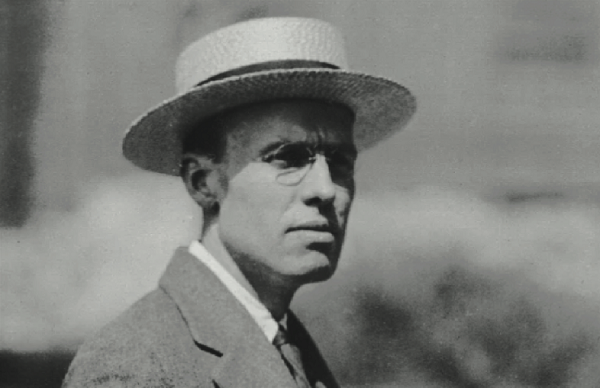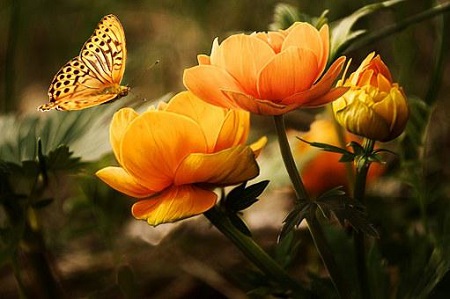THIS WEEK’S MUSE
EDWARD HOPPER

“The only quality that endures in art is a personal vision of the world. Methods are transient: personality is enduring.”
Edward Hopper was an American realist painter. He is perhaps best known for creating restrained compositional drama within commonplace subjects, whose appeal is to invite personal, subjective interpretation in the viewer.
Hopper grew up in Nyack, a small town north of Manhattan on the west bank of the Hudson River. His parents were comfortably-off and open to their son’s early artistic creativity, actively encouraging him to draw and paint.
The freedom he enjoyed at home was encouraged as he learned his trade, at the New York School of Art and Design in the 1890s. Hopper was encouraged to tread his own path by the school. He was told to “focus on what interested him,” rather than the discipline of the art itself, and to permeate his work with “a modern spirit.”
“Great art is the outward expression of an inner life in the artist, and this inner life will result in his personal vision of the world.”
Time in Europe in the early years of the 20th century helped his development; his now characteristic dark palette originated on the streets of Paris. And though the city was at the heart of new art and ideas, Hopper ignored the rise of experimental abstraction and Cubism in favor of Realism, aiming to represent his subjects truthfully and “without stylistic pretense.”
The style for which Hopper has become known—close attention to a geometric design, balanced with human figures set in familiar environments—can too easily be read as straightforward. While Hopper himself said “the whole answer is there on the canvas,” there is an enigma within his work that challenges this proposition.
His approach was always methodical and deliberate. “It takes a long time for an idea to strike,” he said. “I don’t start painting until I have it all worked out in my mind.” He would make many sketches and, often with his wife and fellow artist Josephine Nivison, make meticulous notes—’sad face of woman unlit,’ ‘electric light from ceiling,’ ‘thighs cooler’—to develop the compositional detail before getting to the easel.
Hopper derived his subject matter from two main pools of inspiration. On the one hand, ‘American life’ – gas stations and motels, restaurants and theaters, railroads and street scenes. On the other, natural and unpopulated spaces – deserted seascapes, rural landscapes, distant roads, sweeping hillsides. Though superficially different in subject, close contemplation reveals an unanticipated similarity between them. He conveys—if not unpainted, certainly understated—a vacant emptiness that the viewer can experience in both.
Further, a subtle tension often exists in a Hopper painting; he seems to suggest something unseen, urging us to ask “What has happened?” or “What is about to happen?” The inclusion of people in the painting often only adds to the tension that is only really resolved once we answer Hopper’s questions by adding our own private narrative. Despite what Hopper himself said, the whole answer is not necessarily “there on the canvas.”
He died in his studio near Washington Square in New York City in 1967. His wife bequeathed their joint collection of more than three thousand works to the Whitney Museum of American Art.
“In general, it can be said that a nation’s art is greatest when it most reflects the character of its people.”
HAPPENING
Tuesday, November 29. 10–11am

COFFEE & MOTHER EARTH: NATIVES & POLLINATORS FOR 2023
With Priscilla Husband
Trying to better assist our native pollinators and birds!
$14 – Member, $16 – Non-Member
